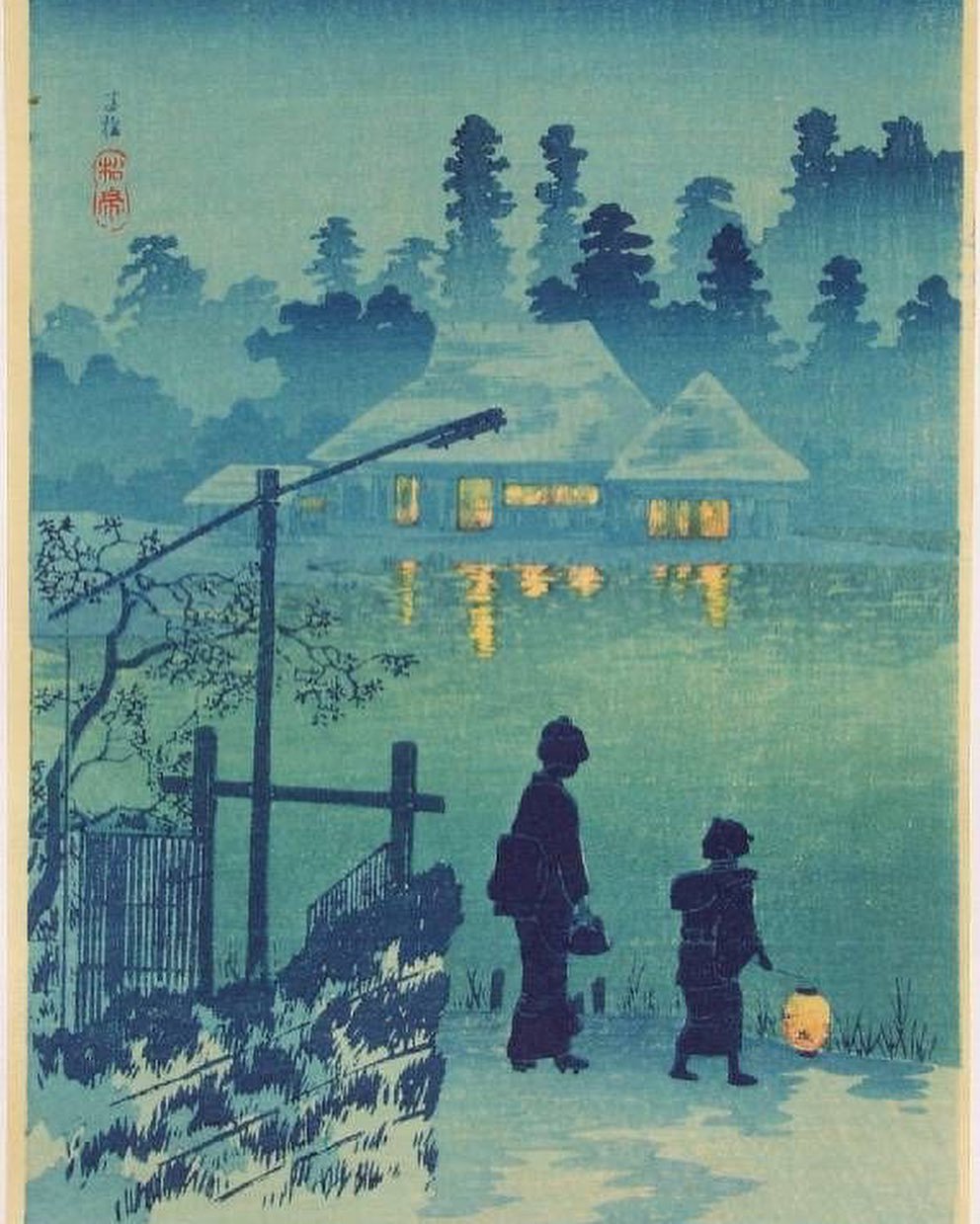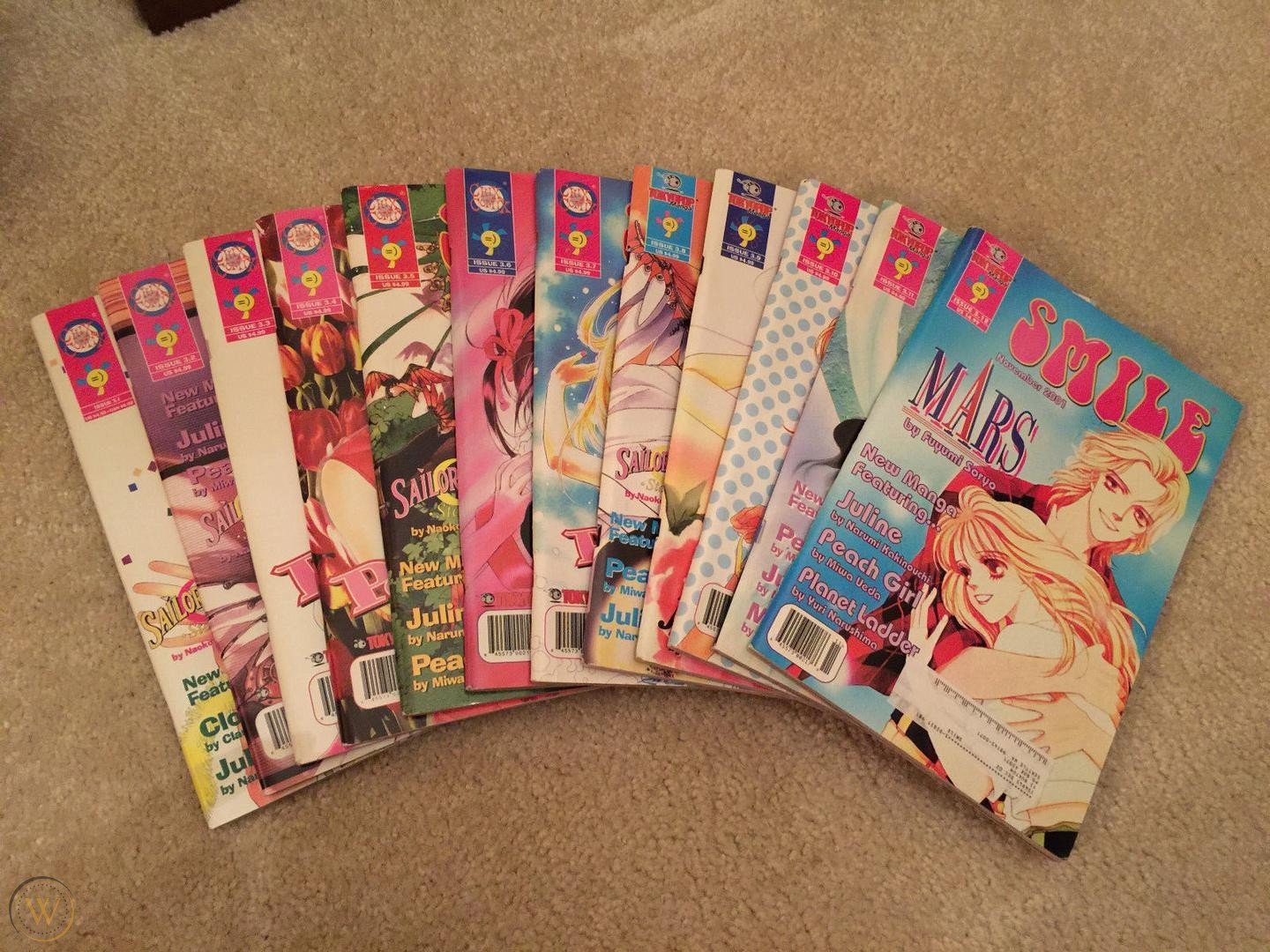Toshio Saeki - Grotesque, Controversial, Humorous

Grotesque, controversial, humorous, the godfather of Japanese Erotica. The late Toshi Saeki was a cult fantasy artist of Japan, known for his daydream imaginative world full of eroticism, vivid colours, and a touch of humour.
Saeki was also known for his unique style of creating art using a method that is similar to the traditional Ukiyo-e [woodblock print], making his work universal and contemporary, but at the same time very traditional.
Saeki was a legendary figure of Japan’s postwar underground scene, having built a fervent cult following through erotic illustrations that blended gore, humour, and Japanese folklore.
As Tokyo was subject to a social revolution in the 1970s, Saeki’s drawings, which took an overt, even playful approach to sexual taboo, captured the overall frame of mind in the city.
“Leave other people to draw seemingly beautiful flowers that bloom within a nice, pleasant-looking scenery, I try instead to capture the vivid flowers that sometimes hide and sometimes grow within a shameless, immoral and horrifying dream.”
- Toshio Saeki, 2013
Saeki was born in 1945 in Japan’s Miyazaki prefecture. He spent his childhood years in Osaka and ultimately moved to Tokyo in 1969.
Influenced by Western comic artists, in particular the French illustrator Tomi Ungerer, Saeki started to explore the medium of drawing and painting and soon his work was published regularly in Japanese magazines including the iconic Heibon Punch. In 1970 he self-published 50 drawings, titled Toshio SAEKI art book, which eventually secured him a solo show in Paris in the following year. In the years to follow, he exhibited regularly at galleries in Japan and Europe but remained largely an artist’s artist as his work failed to attract serious consideration from major art institutions.
In the last years of his life, however, the international audiences had finally taken notice. In December 2016, Jiu Xiang Ju Gallery in Taipei exhibited a selection of his illustrations and in 2017, Saeki was featured at Art Basel in Hong Kong.
Toshio Saeki died in 2019, at the age of 74.






